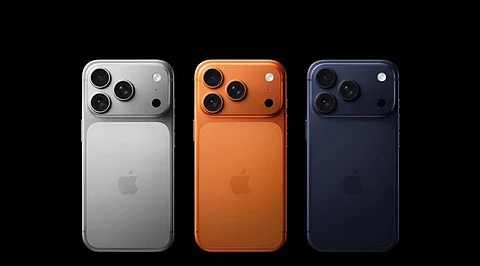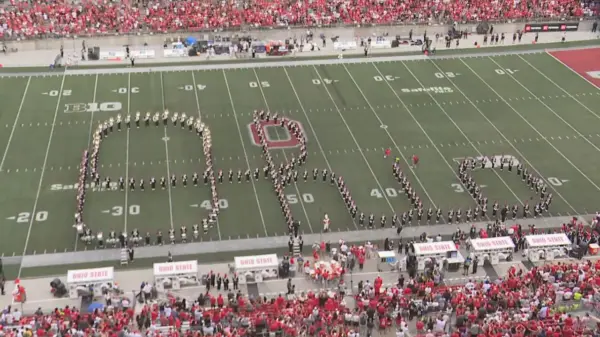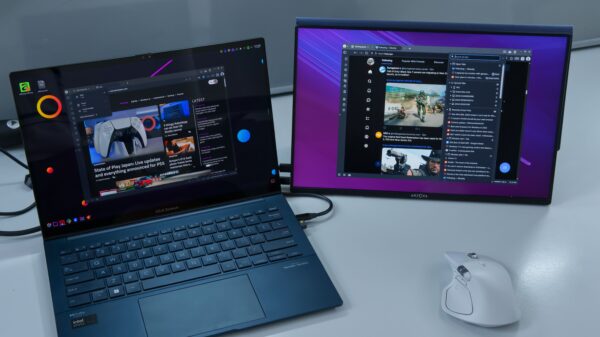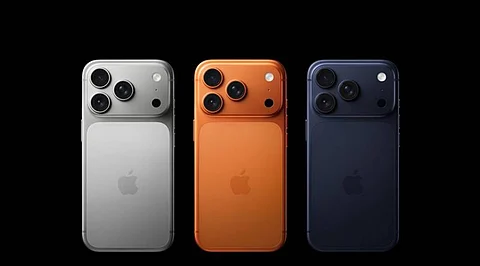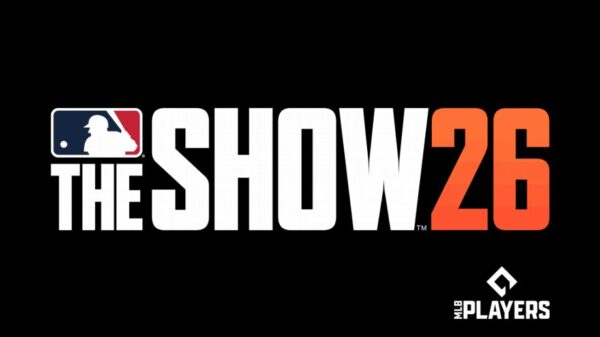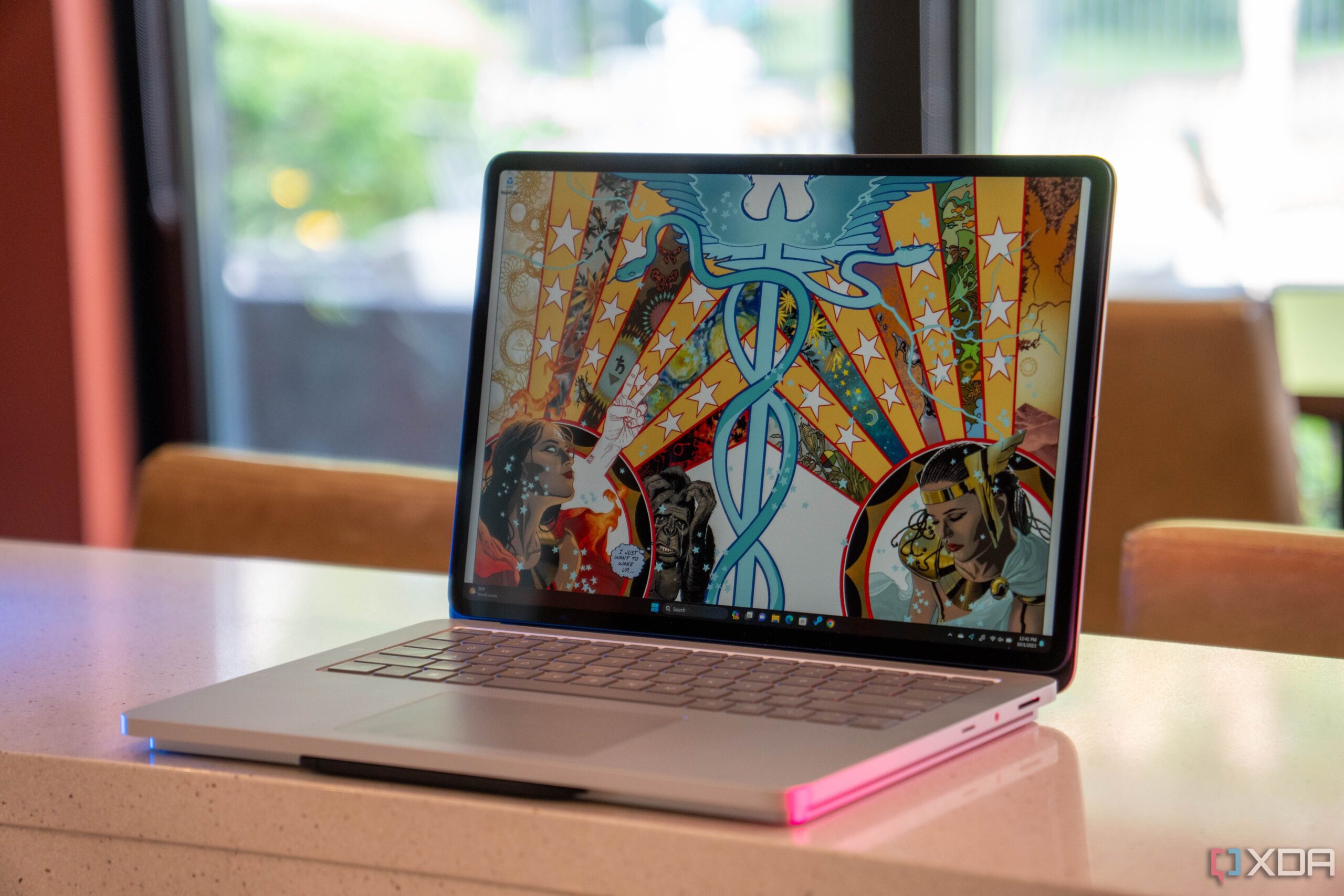The evolution of technology has been marked by innovation, but also by the premature abandonment of promising projects. Several once-anticipated products have faded into obscurity, leaving enthusiasts to wonder what might have been. Here are ten notable tech innovations that, despite their potential, were left behind before they could fully flourish.
The Vision of Plan 9
Plan 9 was an ambitious project aimed at advancing the UNIX operating system in significant ways. Introduced in the 1980s, it expanded the “everything is a file” concept, applying it to networking and emphasizing a graphical user interface over traditional command lines. Key features included capability-based security and a file system called Fossil, which enabled logging and version history. Despite its innovative design, Plan 9 struggled to gain traction against the rising dominance of Windows and Linux. Yet, many of its concepts, including snapshotting capabilities now found in modern file systems like Btrfs and ZFS, showcase its forward-thinking nature.
The Rise and Fall of Ask Jeeves
Before the dominance of Google and modern AI chatbots, Ask Jeeves offered a unique approach to search. Launched in 1996, it allowed users to pose questions in natural language, providing results as if they were conversing with a personal assistant. Despite its initial popularity, Ask Jeeves could not compete with Google’s rapid ascent and was rebranded as Ask.com in 2006. Although it remains operational, it has transformed into a basic search engine, losing the charm that once defined it.
Google Hangouts was another service that left a lasting impression in the realm of digital communication. Launched in 2013, it offered users a platform for video calls, messaging, and screen sharing. Its ability to facilitate group viewing of YouTube videos was particularly notable, making it a favored tool for virtual gatherings. However, Google’s repeated restructuring of its messaging services led to Hangouts’ decline, with its features being absorbed into other platforms.
Handheld Gaming’s Missed Opportunities
The competition in handheld gaming took a significant turn with the release of the original PlayStation Portable (PSP) in 2004, which sold over 80 million units. However, the subsequent PlayStation Vita launched in 2011 struggled to find its footing. As smartphones began to dominate the market, the Vita’s sales plummeted to just 17 million units. This decline prompted Sony to withdraw from the handheld market, although the success of the Nintendo Switch has since shown that dedicated handheld gaming remains viable.
Microsoft’s attempt to enter the mobile operating system market with Windows Phone proved disastrous despite a loyal user base. Initially designed for business users, Windows Phone underwent a significant redesign with Windows Phone 7 in 2010, featuring a user-friendly interface. However, compatibility issues with later versions, particularly Windows Phone 8, alienated many users. By 2016, Microsoft’s commitment to mobile was waning, and the platform ultimately fell short in an increasingly competitive market.
Innovative Ideas That Were Shelved
Google Duplex stands out as an intriguing project that showcased the potential of AI in everyday tasks. Initially designed for voice calls, it later expanded to assist with online reservations and purchases. Although Duplex on the Web was discontinued in 2022, it laid the groundwork for future AI developments in web interaction.
Vine, launched in 2012, introduced the concept of short-form video content, paving the way for platforms like TikTok. Despite its success, Vine was shut down in 2017, just as the demand for this type of content surged. Twitter’s decision to end Vine left a gap in the market that allowed competitors to thrive.
Microsoft’s Surface Studio and Surface Laptop Studio also exemplify the company’s struggle to maintain momentum in innovation. The Surface Studio, introduced in 2016, featured an impressive touchscreen and a design that catered to creative professionals. However, after the release of the Surface Studio 2, updates became infrequent, leading to stagnation in the product line.
Similarly, Project Ara promised a modular smartphone experience where users could swap out components as needed. Although the concept generated excitement in 2013, it was ultimately shelved in 2016, leaving a void for modular technology in the smartphone market.
Ending with the Microsoft Band, a fitness tracker released in 2014, highlights the missed opportunities in the health tech sector. Although it garnered attention for its innovative design, the platform was discontinued after just two models, failing to capitalize on the growing interest in digital health.
Reflecting on these abandoned technologies offers a bittersweet perspective on the trajectory of innovation. While many of these products were ahead of their time, their untimely demise serves as a reminder of the challenges faced in the tech industry. The future remains bright for emerging technologies, but the echoes of these lost innovations linger in the minds of enthusiasts and consumers alike.


















